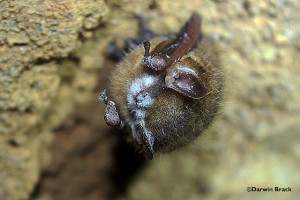Neonicotinoid pesticides: Killing more than bees
Findings of a new study published in the Journal of Environmental Immunology and Toxicology reveal that neonicotinoid pesticide use is linked with plummeting wildlife populations in addition to bee declines. This study supports previous study findings that neonicotinoids are a likely cause for honey bee disappearance. Unlike other studies, researchers also included fish, amphibians, birds, and bats in their analysis. They found that infectious disease spread in these groups of animals coincides with increased pesticide use due to neonicotinoids’ ability to suppress immune system function. Neonicotinoid pesticides are designed to disrupt the central nervous system of pests, but appear to have similar adverse effects on a variety of life forms. Some of the many animals that may be suffering at the hand of neonicotinoids are bat species. Last year, an infectious fungal virus called White Nose Syndrome (WNS) was responsible for the death of 6.7 million bats in the United States alone. The increased of WNS could be linked to neonicotinoid exposure, as many bats feed on insects that come into direct contact with treated plants. These small doses accumulate over time, eventually decreasing bat resistance to pathogens, leaving them susceptible to White Nose Syndrome.




